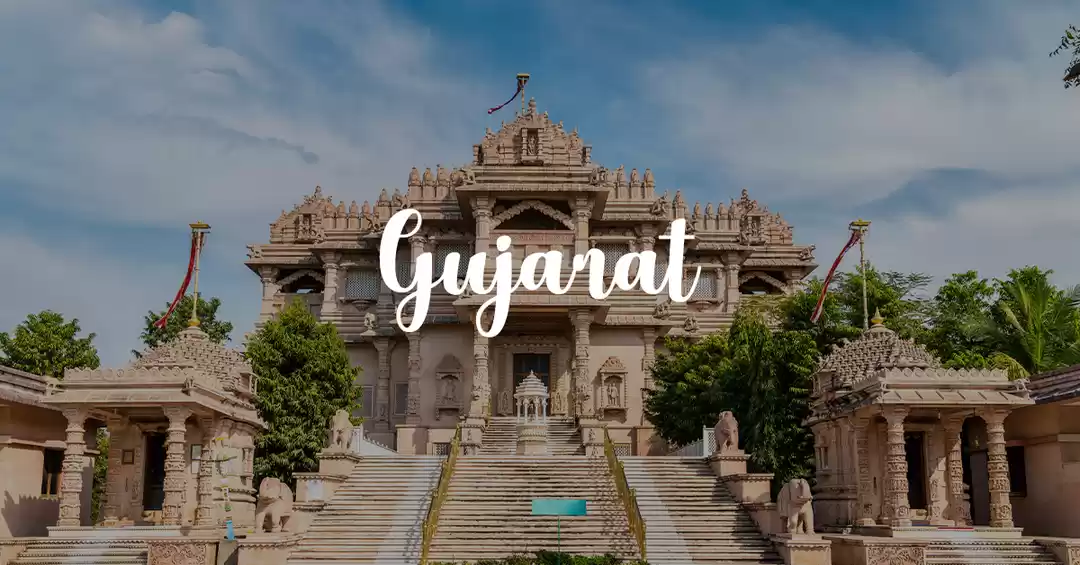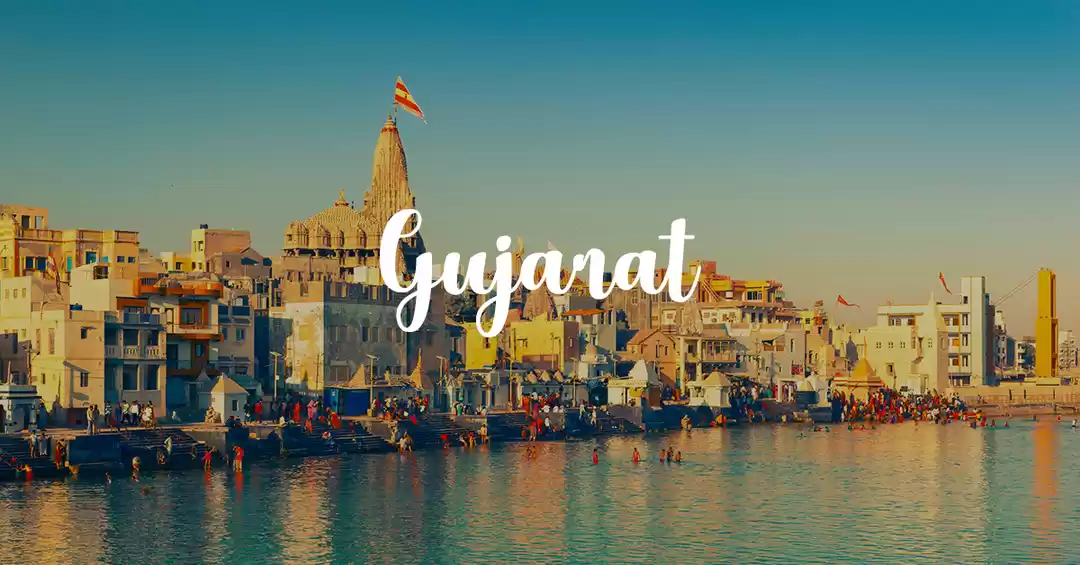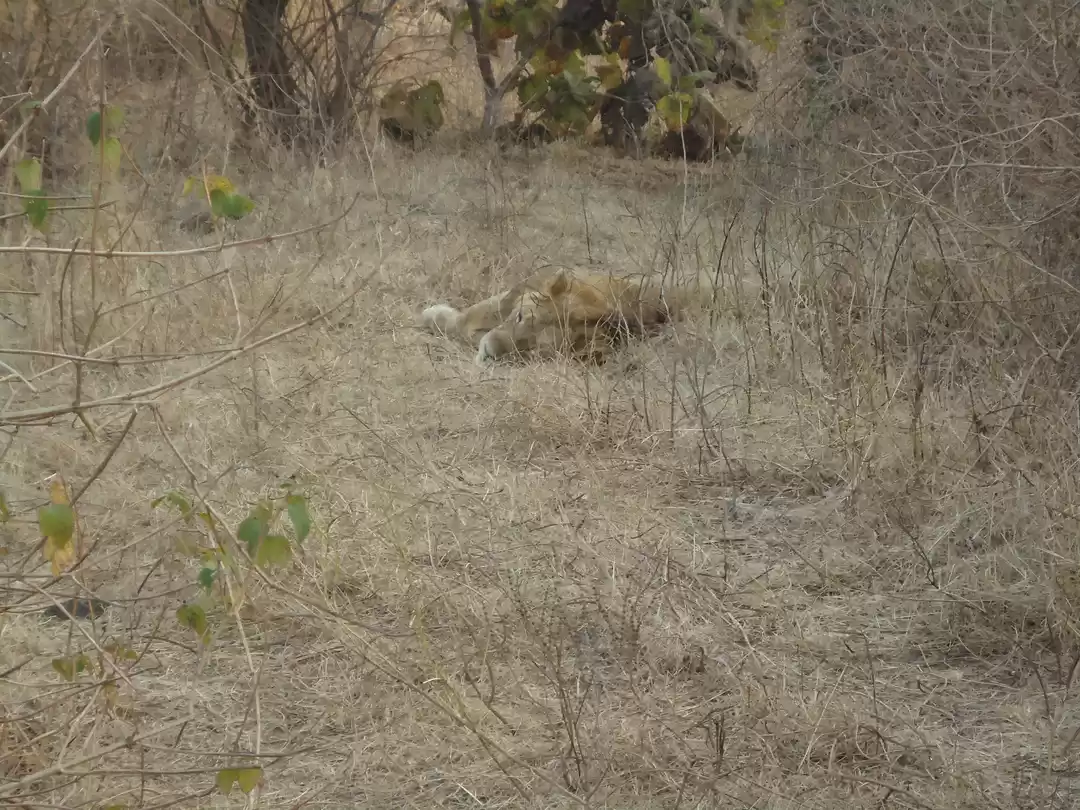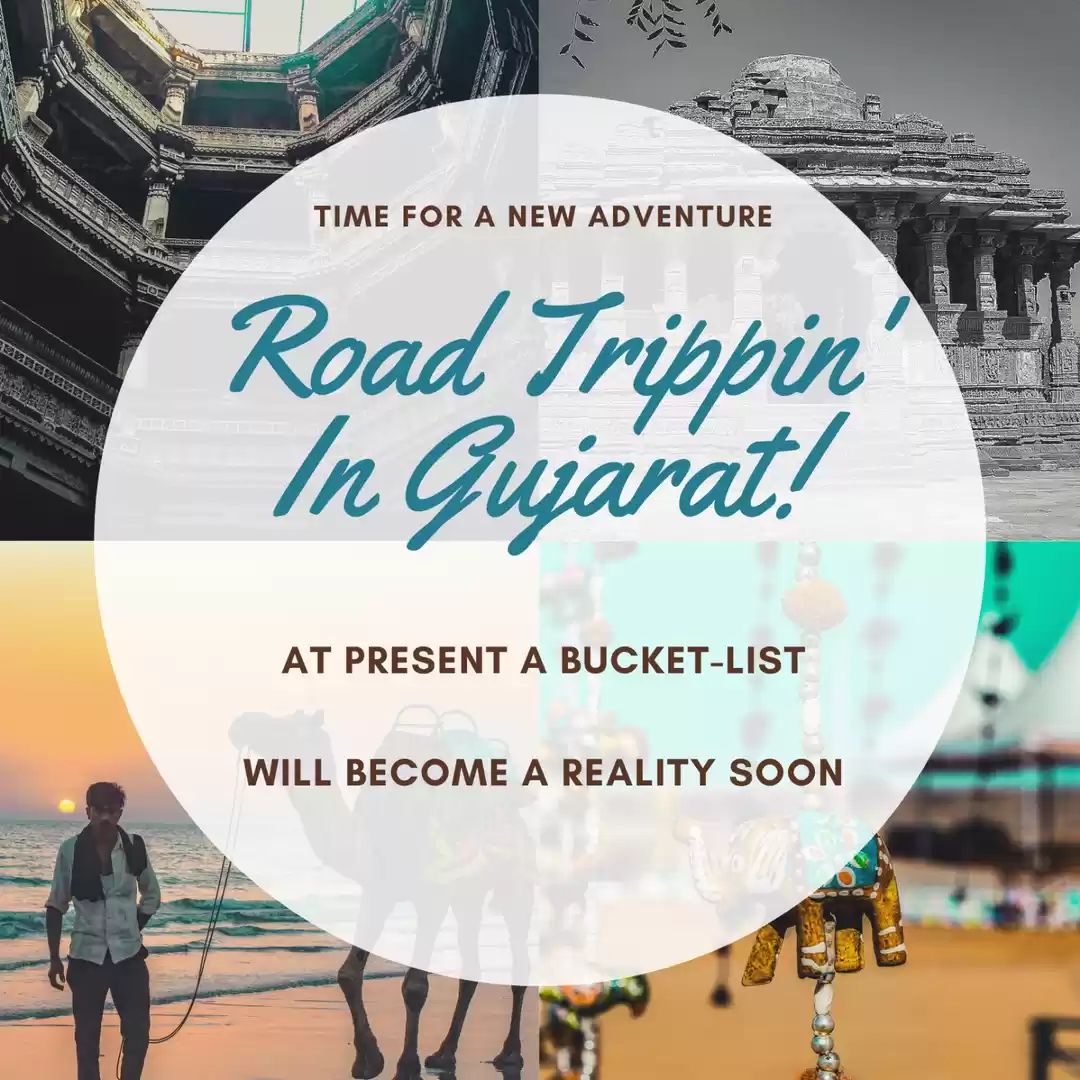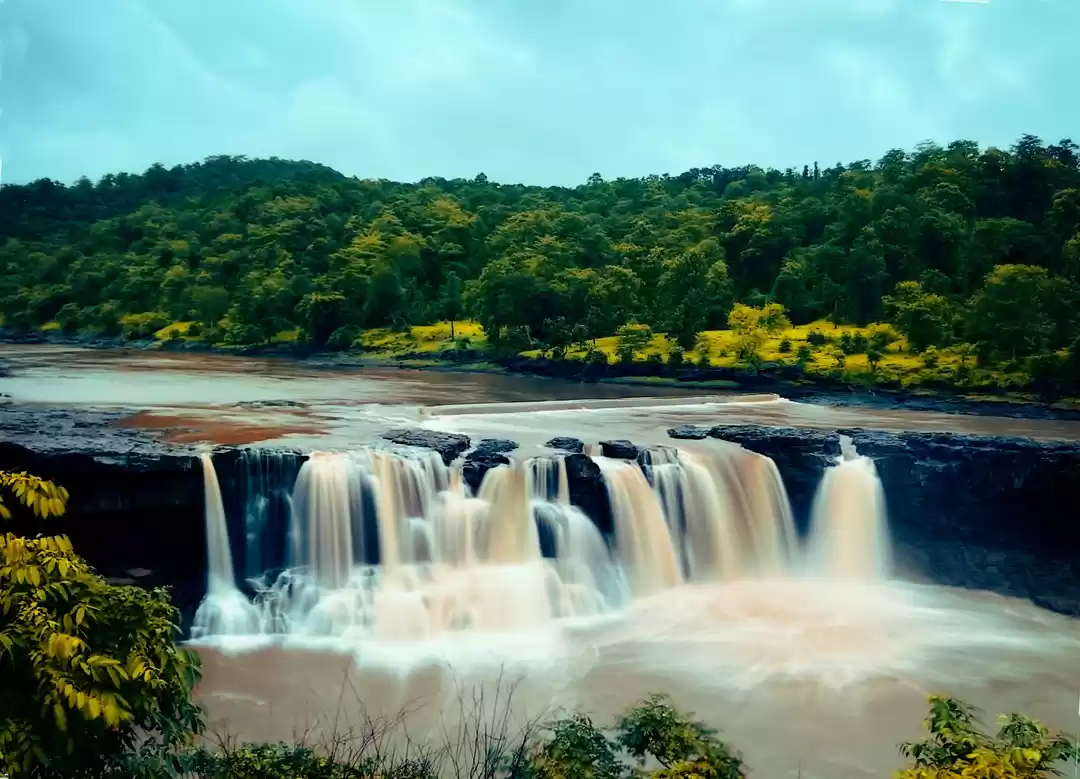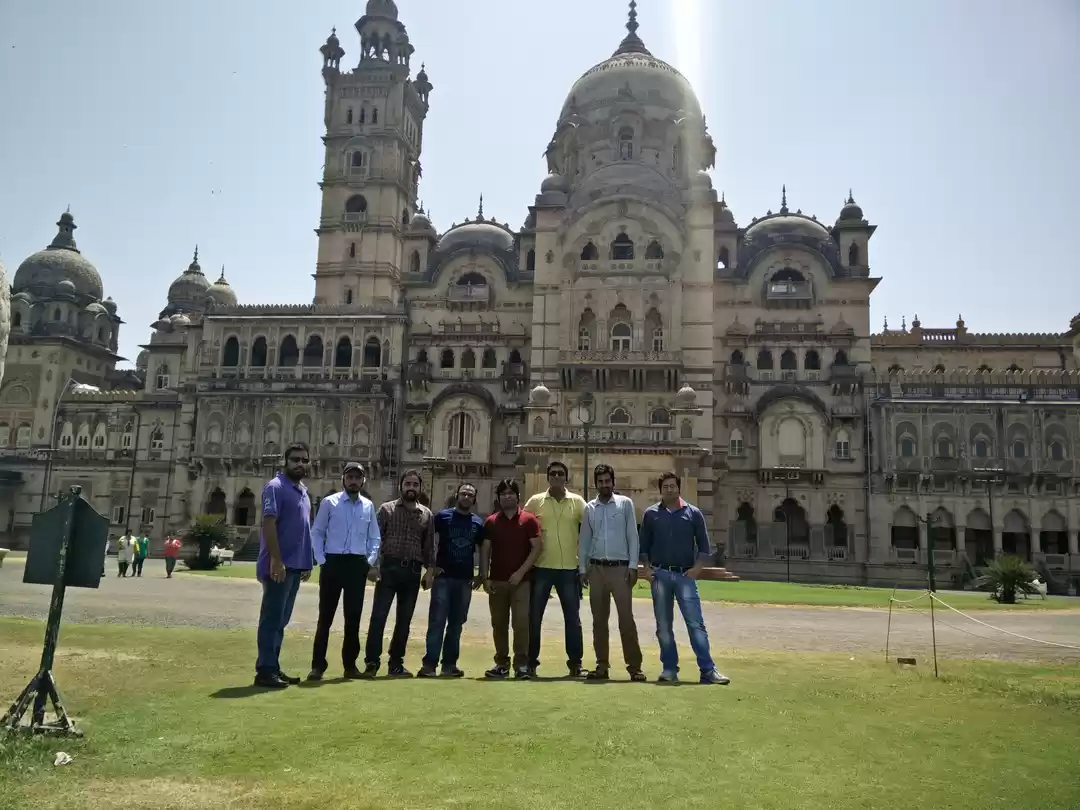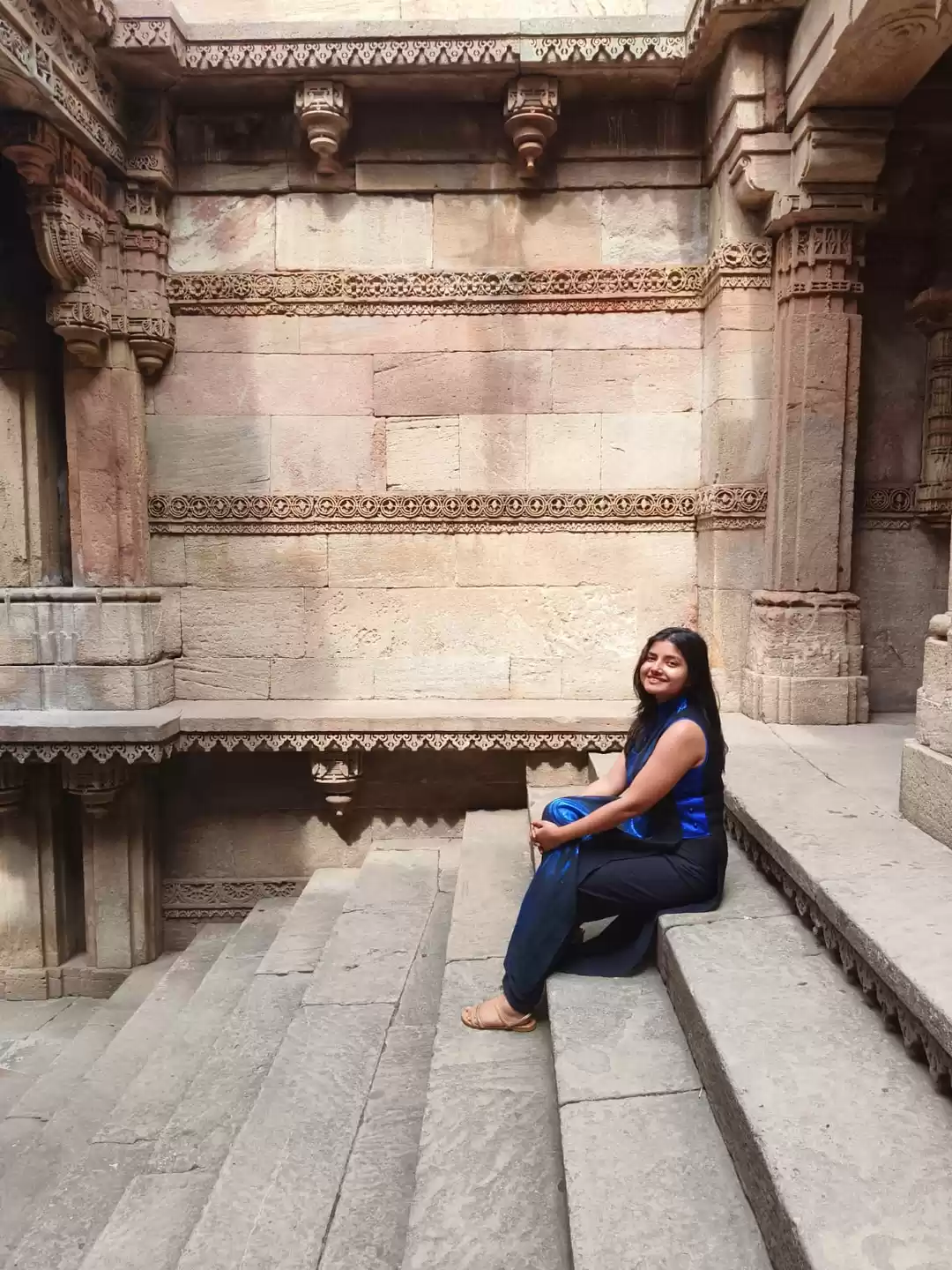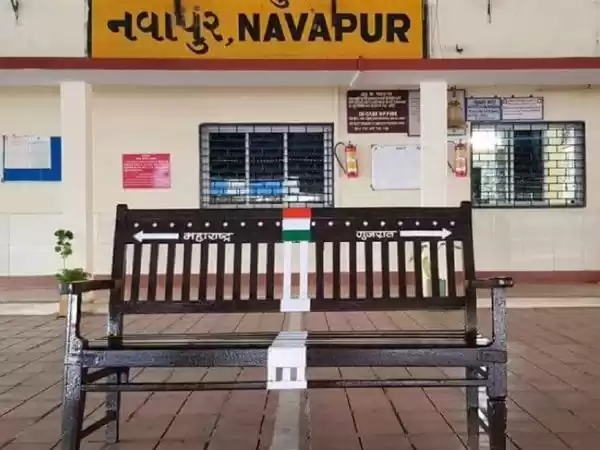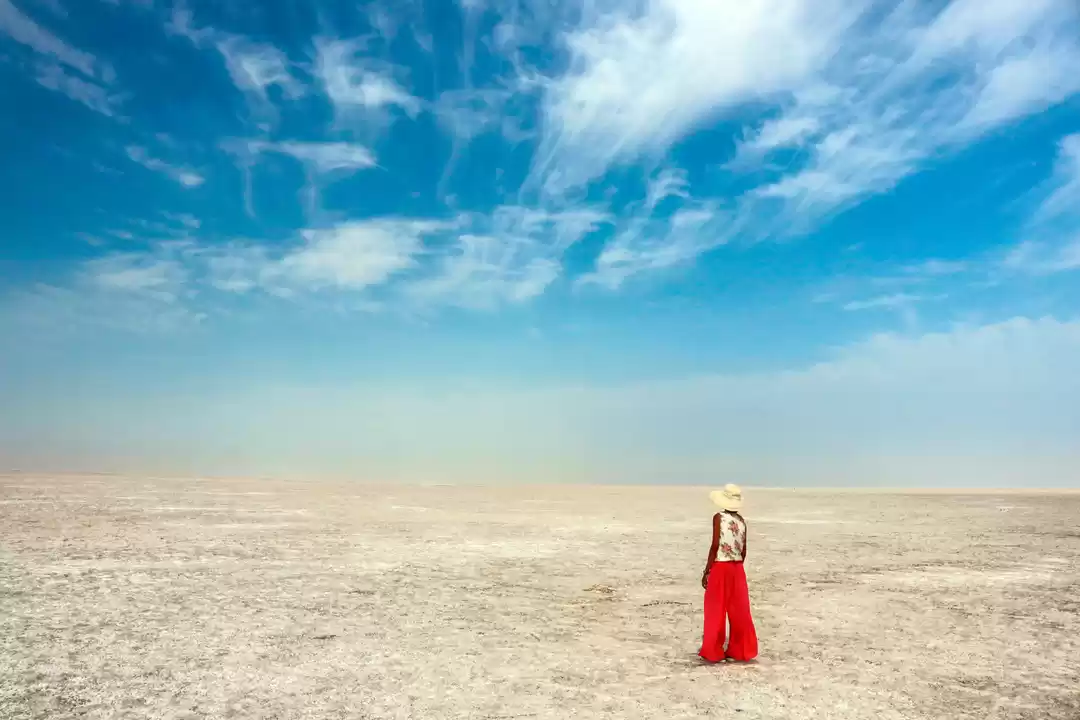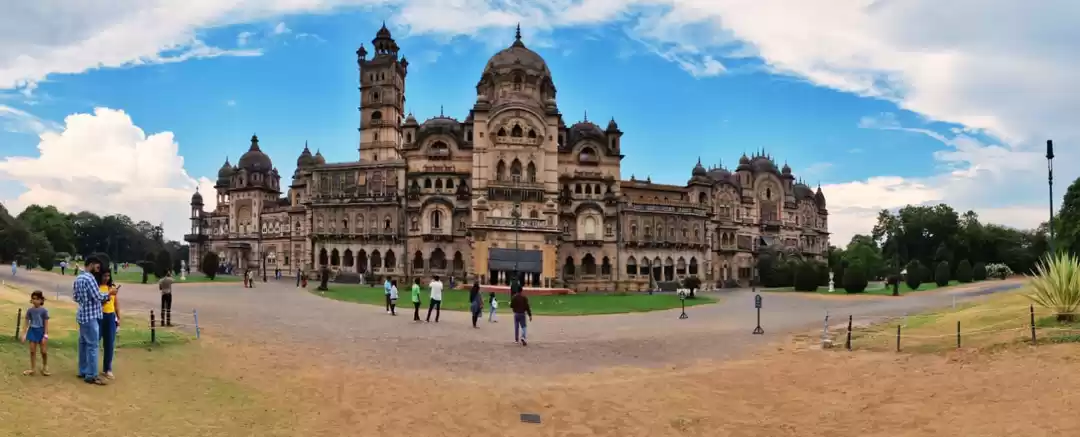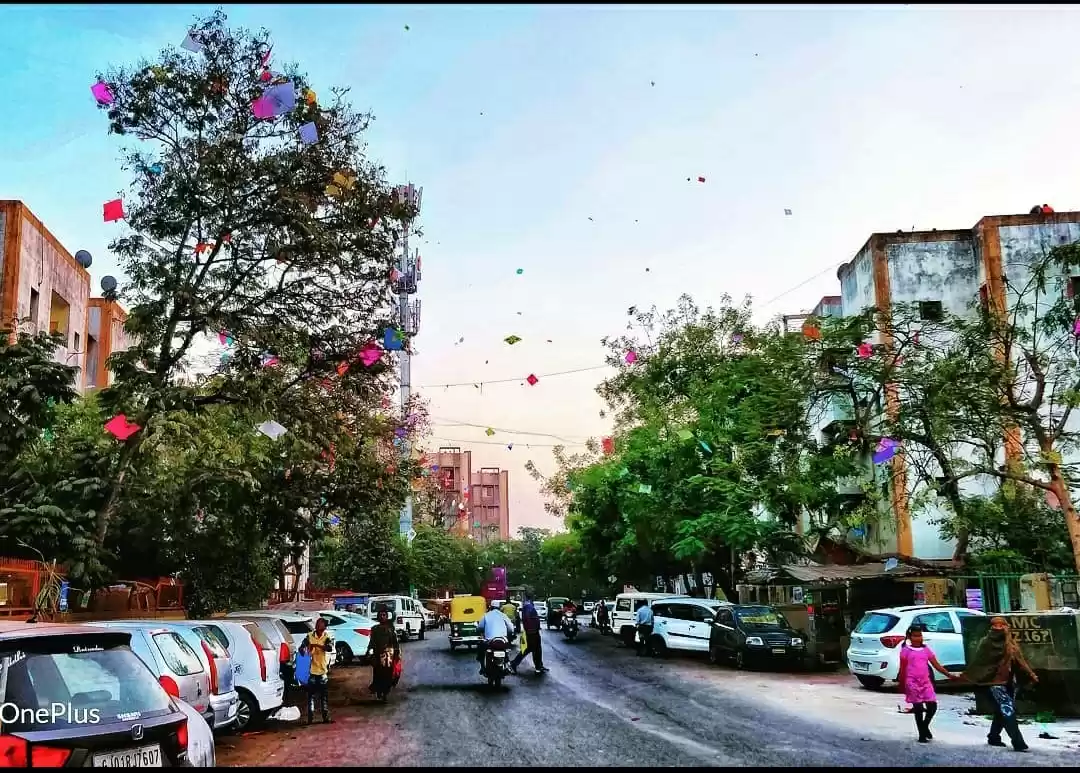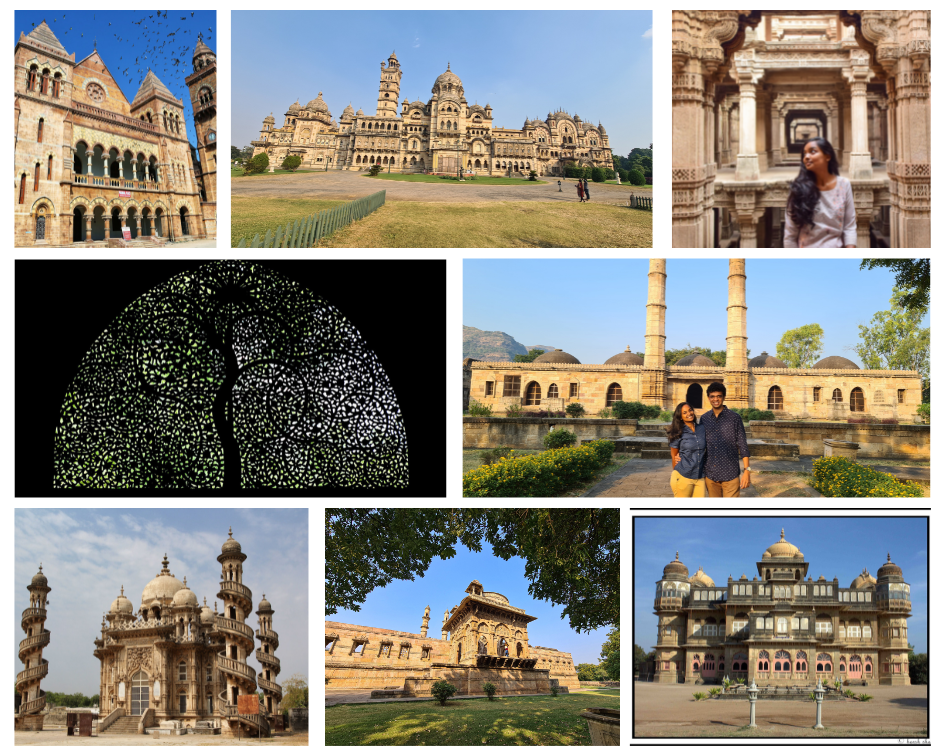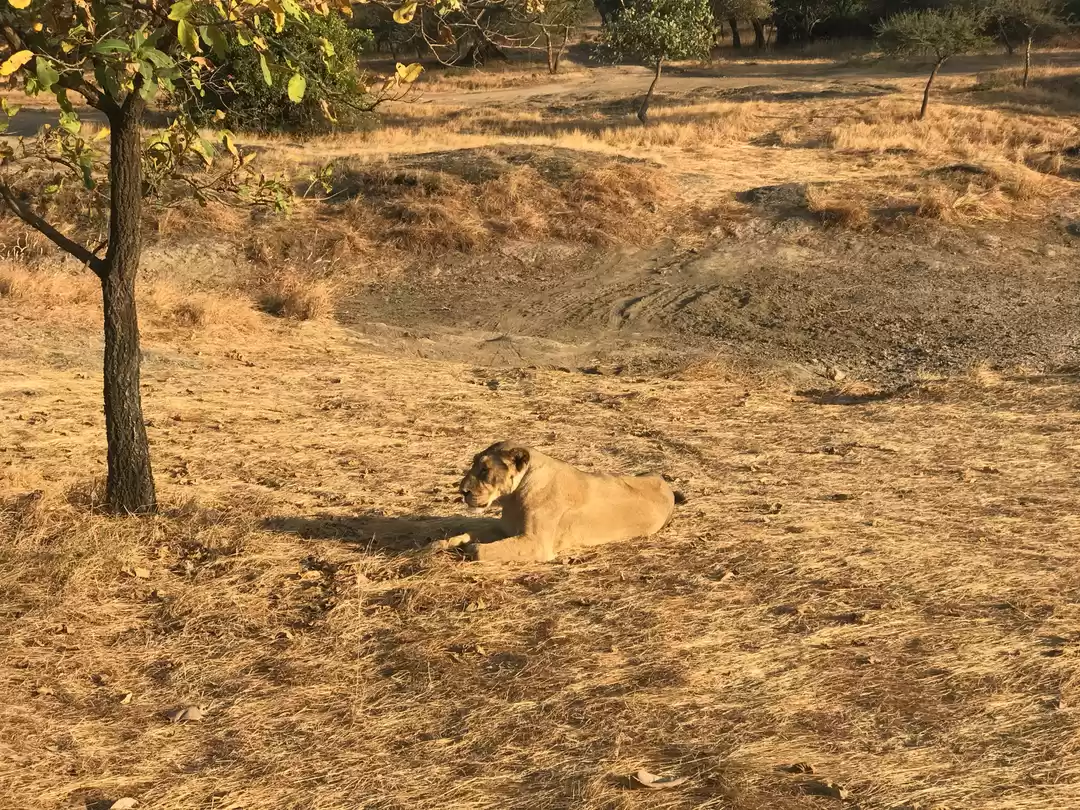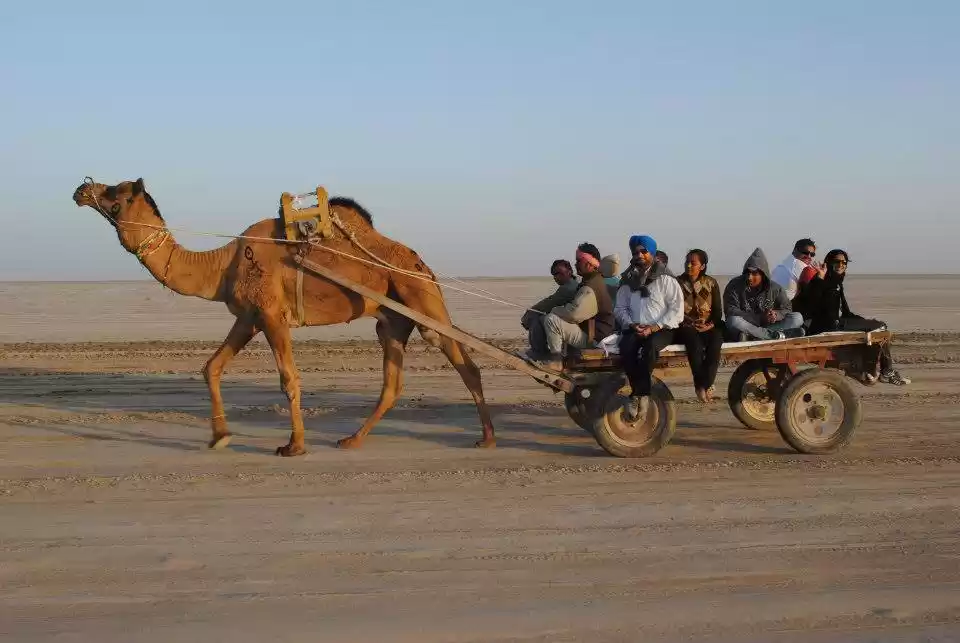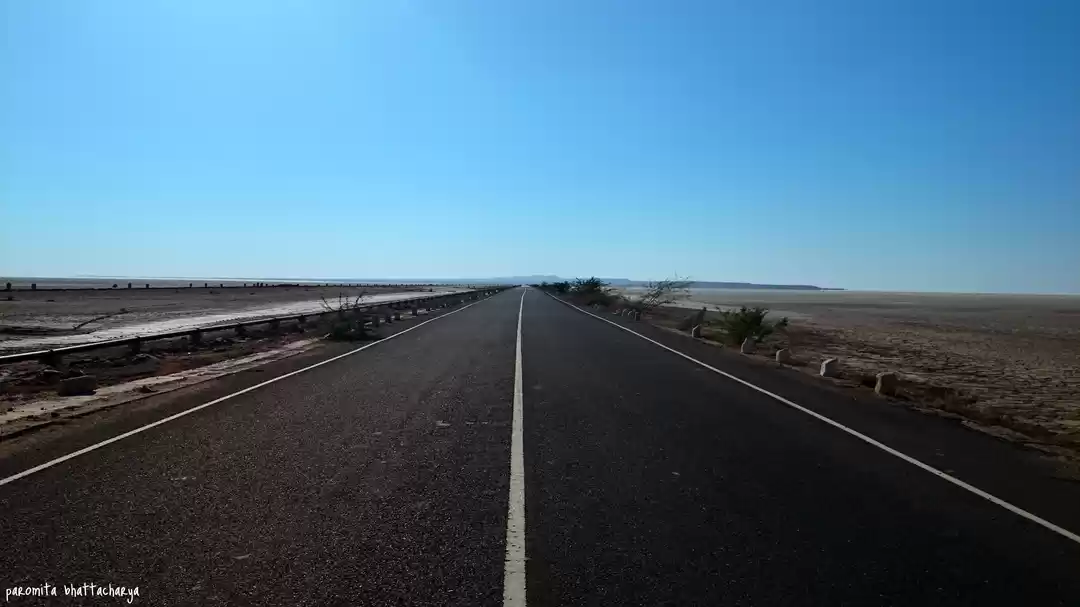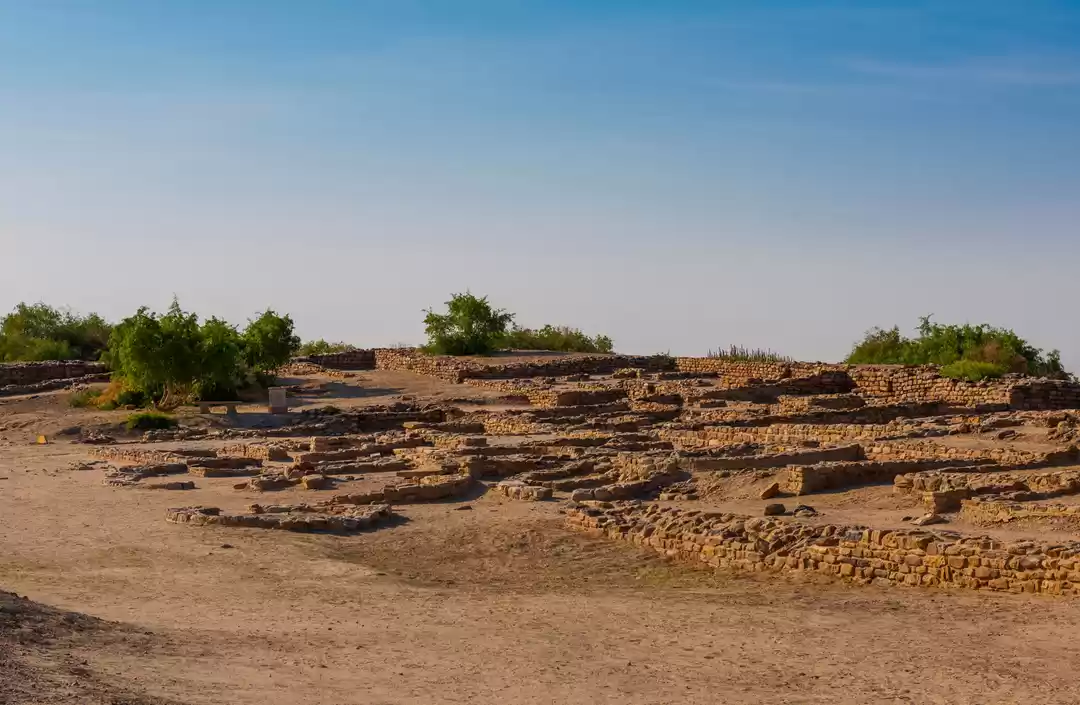










As you sit on what used to be floors of the houses and look at the vast expanse lying in front, with the setting sun adding a golden amber to the surroundings, the perfect colour representing history, one cannot help but imagine what lies beneath that layer of dust and soil -- the most advanced civilization 5000 years ago! Closing your eyes, you start to visualize what it would have been like five thousand years back, could you really sit there like that?
Well, the place that made me go back 5000 years is the "HARAPPAN METROPOLIS"-- Dholavira.
In February 2015, we planned a family trip to Gujarat, the Kutch region in particular, as it was my mom's wish to attend the 'rann utsav', as they call it. But there was something else that drew me to Kutch, ever since reading about Dholavira in Sanjeev Sanyal's book 'The Land of Seven Rivers', I was really eager to go and visit the place and to feel as he has documented in his book. I can assure you as you sit there and watch the sun set, you are going to have goosebumps thinking where you are!
The road to Dholavira deserves special mention, as you get to see the untouched 'rann' running on both sides of the road. It's a long drive from Mandavi as it lies near the border of Pakistan, actually it is on an island. We reached Dholavira around 2 pm in the afternoon. There is only one 'resort' of Gujarat tourism (though another one is there but it was not functional when we visited). The resort is very poorly maintained and on having a talk with the staff, we came to know that despite their repeated requests for help, the authorities didn't show any interest at all. Even the water that you get in the wash basin is hard water. This village itself is highly neglected by the government, they don't even have a proper school and hospital (though there is one building claiming to be one but no doctors are available!). The staff there asked us if we needed lunch, and they prepared very basic food, though edible. The food is very cheap and so are the rooms (this one literally).
After lunch, we asked the manager for a guide to take us to the excavation site (approx. 2 kms at the most from the resort) and the fossil park. He suggested us Ramji bhai and I would suggest you to ask for him if you visit because he also worked during the excavation and has an immense sense of history in him.
We set off around 4 pm and visited the museum at first which houses the stamps, utensils, figurines, jewellery, etc., that have been excavated. A big elaborate map there would give you a fair idea of the place. The place is divided into three parts -- lower town, middle town and upper town. After Ramji bhai arrived he took us to the site crossing the seasonal streams; we first went to the reservoirs with some steps still existing. The Harappan people built 12 large reservoirs to store water for need. Then we went up the steps into the citadel-palace of their time. The pillars are still in place and they have an unique locking system which is amazing engineering. Next we moved to the middle town and there is a huge well (which still has rope markings on the stone) and even a shower! All the drains were covered and underground during that time -- something we can't even achieve now in the big cities even! The middle town roads have the impressions of bullock cart wheels even. In the middle town, there is also a huge stadium and stage. The lower town is not well excavated and now is covered by grass mainly and remains inaccessible. You would find pieces of broken terracotta bangles and other jewellery items used by them to lying all around. The world's oldest signboard was found there and has been buried there as no one could decipher it. The site is huge, so it would take around 2 hours minimum to cover it completely.
From excavation site, we headed to the fossil park which, according to our guide, not many people visit but I found the place to be a witness of the changing geography of the world, the stones still have an imprint of the waves breaking against them and you get to see fossilised tree there.
Lastly, you can walk down the 'salt desert' -- pristine, untouched, white Rann...
Distances-
Bhuj to Dholavira=218 kms
Dhordo (Rann utsav') to Dholavira=295 kms
Mandavi to Dholavira=300 kms
Tips:
- Try to have food at Gandhidham because you are not likely to get any good hotels or restaurants thereafter.
- Nothing is available at Dholavira as it is a very remote village, though you would get packaged drinking water at the hotel but it is advisable to buy a few water bottles from Rapar (last town).
- Set out for the excavation site early in the morning and watch the sun rise.
- Try to visit the fossil park before it gets dark because the BSF may not allow you once it gets dark.
Hotel: Contact Gujarat tourism for booking.
Guide: Ask for Ramji bhai at the reception of the Gujarat tourism resort.
Best time to visit: November to February. Try to visit in the first week of February at the latest after that it starts getting hot and sultry.





